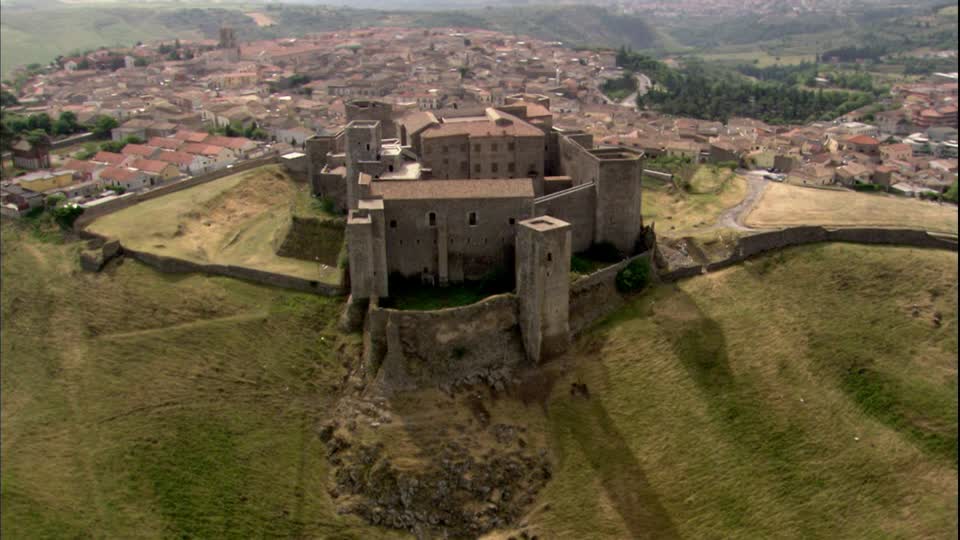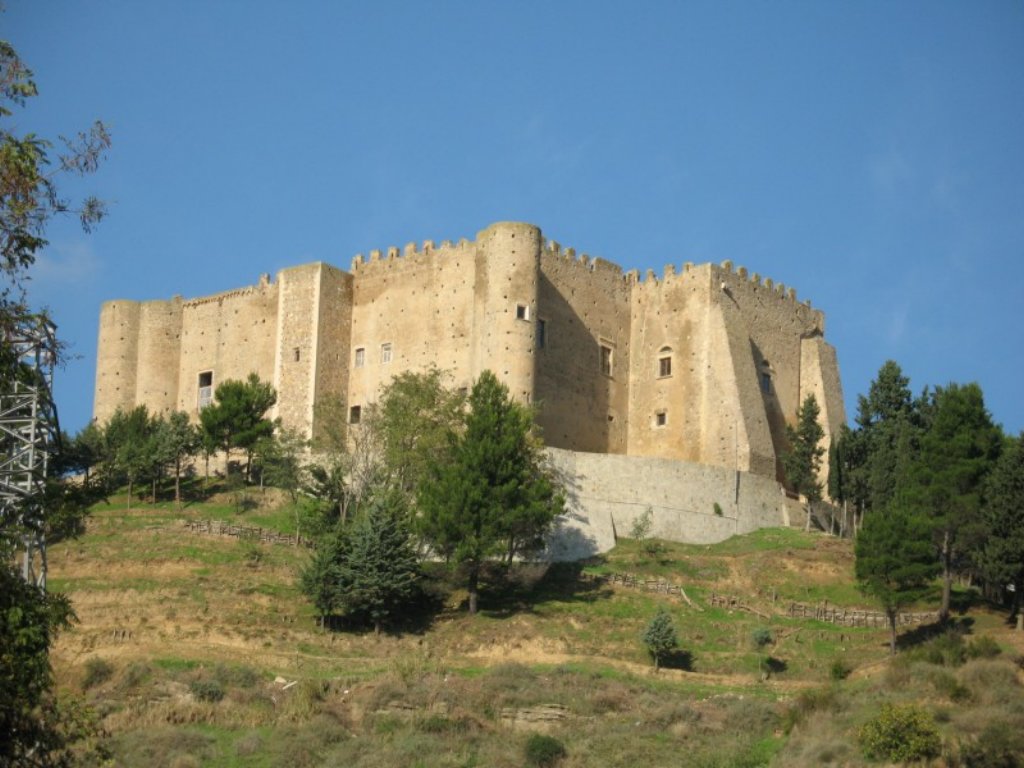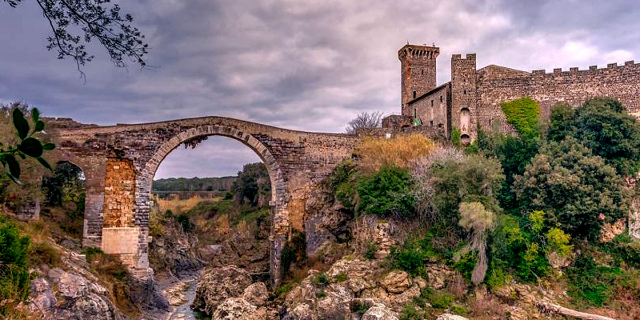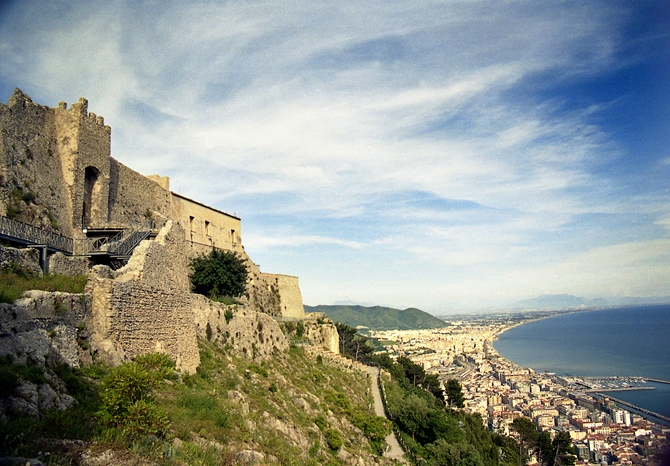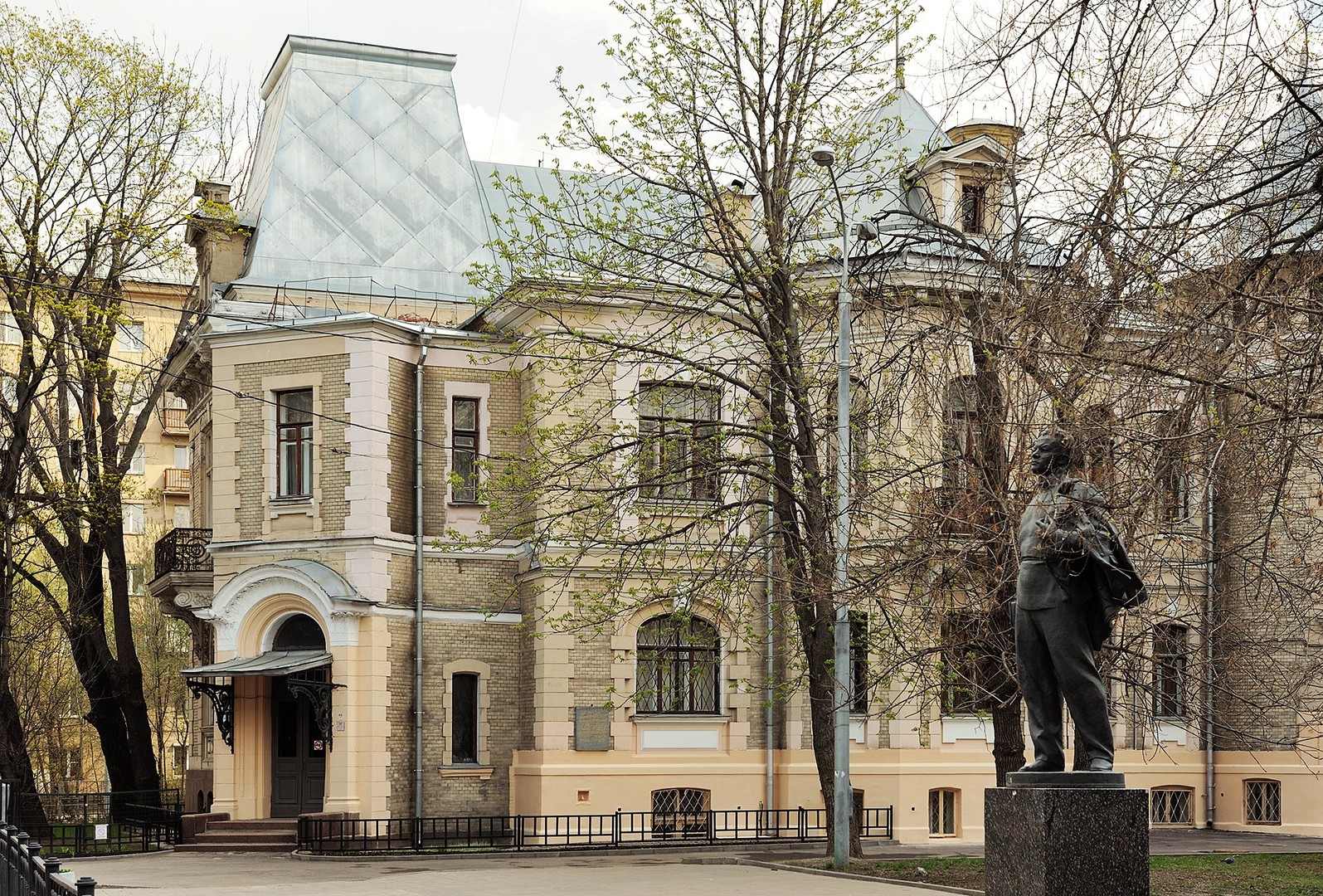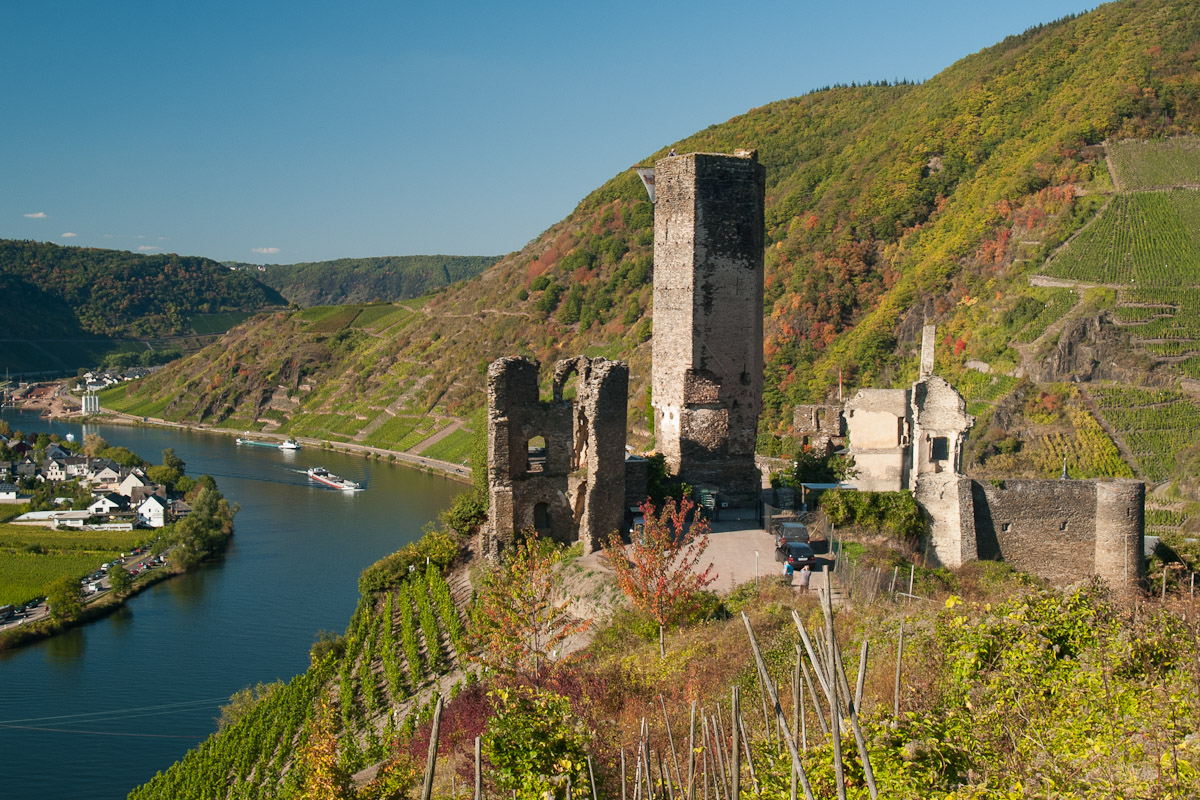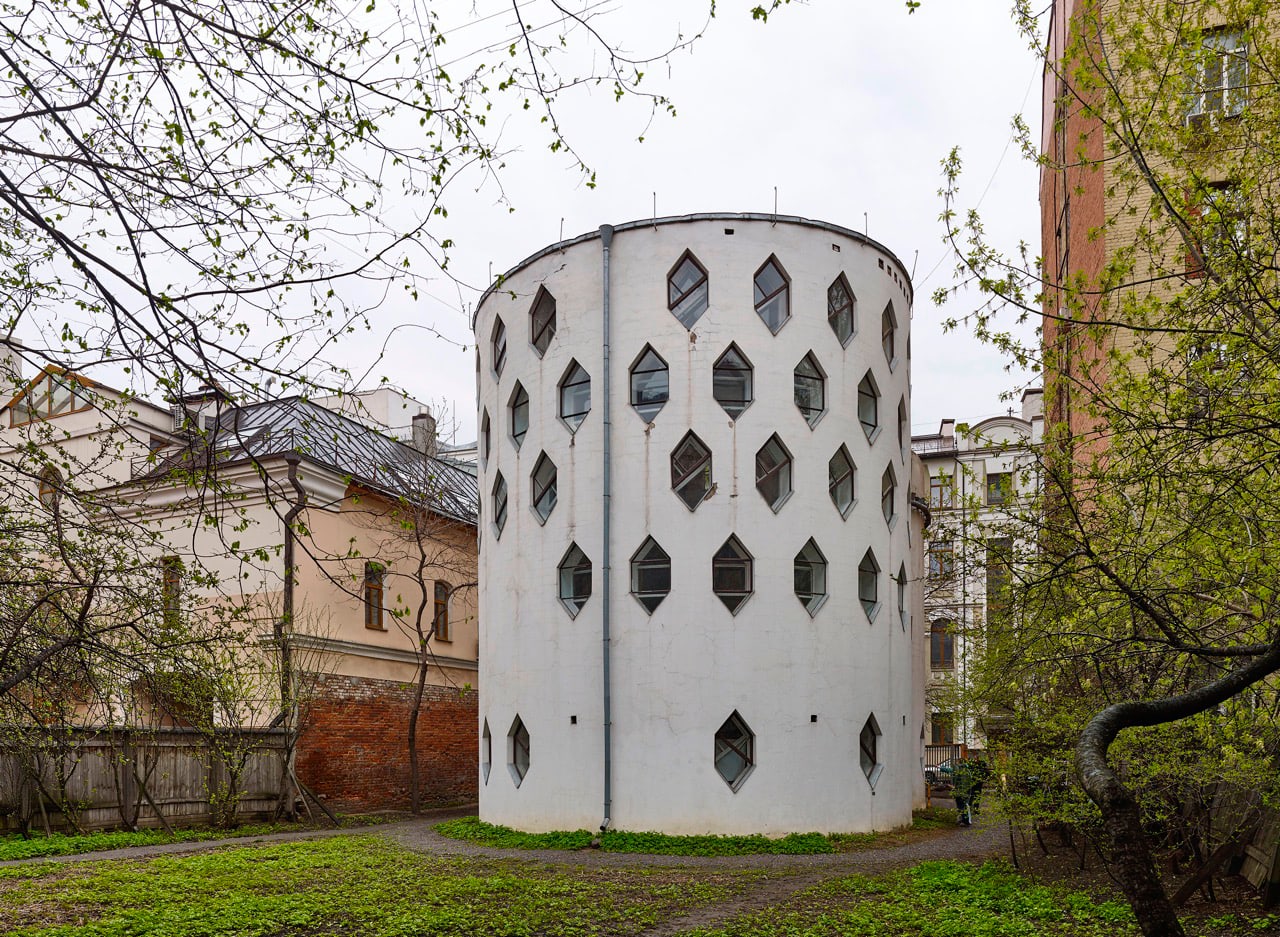The castle of Melfi rises on a hill of volcanic origin and overlooks both the historical center and the whole new inhabited area. It still has the walls that tightened, in a compact and insurmountable defense, the whole town at that time. The defensive system of the castle consisted of a moat, a rampart and a wall with towers. The entrances to the building, which can still be seen, are four, three of which were built in the Angevin period. The first entrance is facing the countryside and that is to the north. The second one, which today is walled up, is directed towards south and allowed the access to the village and to the moat of the castle itself. The third access was practically a service access for the city guards who watched over the current terraces on the walls, it too now walled up, had its opening from the tower of the church and gave direct access to the terrace. The fourth one, the most recognizable, which is the one that gives access to the castle of Melfi, was once linked to a drawbridge, now walled up, was opened after the Angevin period, on it is this plaque:
"D – ZANOBIAE – ET – I ANDREAE – DO
RIA – HVS – REGNI – MAGO – PROTONO
TAR – ET – PHILIP – CAT – HISPANIARV
REGIS – CLASSIV – PRAEFECT – PRINCIPIB
CINIVGIB – MELPHIA – FIDEL – EREXIT"
Translated it means:
"To the prìnciples spouses D. Zenobia and Andrea I Doria, great pronotaio of this kingdom and prefect of the fleets of Philip Catholic King of Spain Melfi Fedele eresse."
The plaque is a reference to Zenobia del Carretto who married in 1558, as reported by some historical documents, Giovanni Andrea I Doria, son of Giannettino. Giannettino himself was the son of a cousin of Andrea I Doria who, having no male children adopted him. It is said that the door of the access where this tombstone resides was built during their first visit to the town of Melfi as a sign of friendship and peace with the town that had lived years of oppression with the previous Fedayeen.
The castle is surrounded by ten towers, of which seven are rectangular and three pentagonal. Starting with the look from the Angevin access facing North East the towers have various names.
-Torre senza nome – Rectangular plan – Today known as the Tower of the North East
-Torre delle Carceri – Rectangular plan – Today known as Tower of Marcangione
-Unnamed Tower – Rectangular plan – Called "of the Church" for its proximity to the chapel.
-Clock Tower – Pentagonal plan
-Torre senza Nome – Rectangular plan – Remained without name because being high a few meters inside it includes only a small room
-Torre detta della Galleria or Baluardo dello stendardo – Pentagonal plan – Today called Torre dei Cipressi
-Tower of the Secretaria – rectangular plan – today known as Tower of the Terrace
-Baluardo del Leone – pentagonal plan – This tower dominates and defends the second entrance, in it there is a hollow where it is said there was the nest of the royal eagle of Frederick II.
-Torre "dove si faceva lo studio" – Rectangular plan – also called "dei Quattro Venti" because it is exposed to all four cardinal points and "dei sette venti" because it is the most advanced tower towards the countryside and it is also the most impressive
-Tower without name – rectangular plan – Today only a few remains of this tower are left.
In 1042 William of Altavilla, who had become Count of Apulia, settled in Melfi and built a castle there. Here Robert Guiscard is invested with the duchies of Apulia, Calabria and Sicily. The first nucleus of the castle is of Norman creation with a square plan and angular towers and was built between the eleventh and twelfth centuries. In the castle four papal councils took place and in 1089 the first crusade in the Holy Land against the infidels was announced by Pope Urban II. The substantial works of restructuring and expansion of the bastion were undertaken by Emperor Frederick II of Swabia, who chose the castle of Melfi as his residence and in which he promulgated the constitutions of Melfi in 1231 drafted, among others, by Pier delle Vigne. The constitutions of Melfi are the first organic text of laws drafted in the medieval age and have both civil and penal contents. The fortress later became the residence of Charles I D’Anjou king of Sicily who, in 1280 ordered the construction of some rooms adjacent to the Throne Room, the entire north-eastern wing with the walls and three courtyards. Other enlargements were put in place in 1460 by Giovanni II Caracciolo. In 1531 the emperor Charles V donated the fief of Melfi to Andrea Doria as a reward for services rendered in his favor. Between the 16th and the 18th century the castle of Melfi was transformed from a fortress into a noble residence for the Doria family. About 4 centuries had to pass before the castle of Melfi ceased to be a fief of the Dorias and passed to the Italian State on April 24, 1954. Today in the castle of Melfi there is a national archaeological museum in which there are archaeological finds of inestimable value, collected in various tombs found near the territory of Vulture-Melfese. It is also worth mentioning the sarcophagus of Rapolla, a tomb so called because it was found in the surroundings of the small town which is 7 km from Melfi and it is kept in the museum of the castle.
